Description
Product Details:
- It has 1 piece of White Mogra Juda
- It’s a Reusable product
- It can be worn on any occasions
- Made with Artificial Flowers
White Mogra Juda: A Symbol of Tradition and Elegance
Introduction
In the vibrant tapestry of South Asian culture, the White Mogra Juda stands out as a symbol of timeless elegance and traditional beauty. This traditional hair accessory, adorned with delicate white mogra (jasmine) flowers, holds a cherished place in the hearts of many, especially within Indian and Pakistani communities. It is not just an adornment but a testament to the rich heritage and intricate artistry of the region.
Historical Significance
The White Mogra Juda has deep roots in South Asian history. The practice of decorating hair with flowers is an age-old tradition that dates back centuries. Mogra, known for its sweet fragrance and pristine white blossoms, has been favored for its purity and simplicity. The tradition of wearing mogra in the hair can be traced to ancient times when it was believed that these flowers had the power to ward off evil spirits and bring good fortune.
In historical contexts, mogra flowers were often used in religious ceremonies and rituals. The tradition evolved over time to include hair adornments, especially for special occasions such as weddings, festivals, and cultural celebrations. The White Mogra Juda, therefore, is not just an accessory but a symbol of festivity and cultural pride.
Craftsmanship and Design
Creating a White Mogra Juda is a meticulous art that requires skill and precision. The process begins with selecting the finest mogra flowers, which are typically harvested early in the morning when their fragrance is at its peak. These flowers are then carefully strung together to form a garland or are intricately woven into a hair accessory.
The design of the Juda can vary, from simple garlands to elaborate, multi-layered arrangements. The mogra flowers are often combined with gold or silver threads, beads, and other embellishments to enhance their beauty and ensure they stay securely in place. The craftsmanship involved reflects the cultural importance of the Juda, as artisans take great pride in their work, often passing down techniques through generations.
Cultural and Ritualistic Significance
The White Mogra Juda is more than just a beautiful hair accessory; it holds significant cultural and ritualistic value. In South Asian weddings, the bride often wears mogra in her hair as part of her bridal ensemble. This practice is believed to bring prosperity, happiness, and good luck to the newlyweds. The white color of the mogra symbolizes purity and new beginnings, making it an ideal choice for such an auspicious occasion.
During festivals like Diwali, Eid, and Pongal, wearing a White Mogra Juda is a way of honoring the traditions and participating in the festive spirit. The flowers’ fragrance adds to the celebratory atmosphere, and their inclusion in personal adornments reflects a deep connection to cultural roots.
Modern Interpretations
In contemporary fashion, the White Mogra Juda has evolved to embrace modern styles while retaining its traditional essence. Designers and fashion enthusiasts are reimagining this classic accessory to fit into modern wardrobes and occasions. For instance, mogra can now be found in contemporary bridal wear, fusion outfits, and even in casual styles for everyday elegance.
Fashion shows and cultural events often feature White Mogra Judas, showcasing their versatility and timeless appeal. This modern adaptation helps bridge the gap between tradition and contemporary fashion, allowing the beauty of mogra to reach a wider audience.
Care and Preservation
To maintain the beauty and longevity of a White Mogra Juda, proper care is essential. Mogra flowers are delicate and can wilt quickly. Therefore, it is important to handle them with care and keep them fresh. Storing the Juda in a cool, dry place and avoiding exposure to direct sunlight can help preserve its appearance.
Additionally, traditional methods of preservation include using natural preservatives and ensuring that the Juda is worn on occasions where it can be appreciated and not exposed to harsh conditions. Many families have their own secret techniques for keeping the mogra fresh and vibrant, which are passed down through generations.
Conclusion
The White Mogra Juda is a beautiful representation of South Asian tradition, culture, and artistry. Its delicate white flowers symbolize purity and joy, making it a cherished accessory for many. Whether worn during a grand celebration or as part of everyday attire, the White Mogra Juda continues to captivate and inspire with its timeless elegance and rich cultural significance. As it evolves and adapts to modern fashion, it remains a poignant reminder of the beauty and heritage of South Asian traditions.


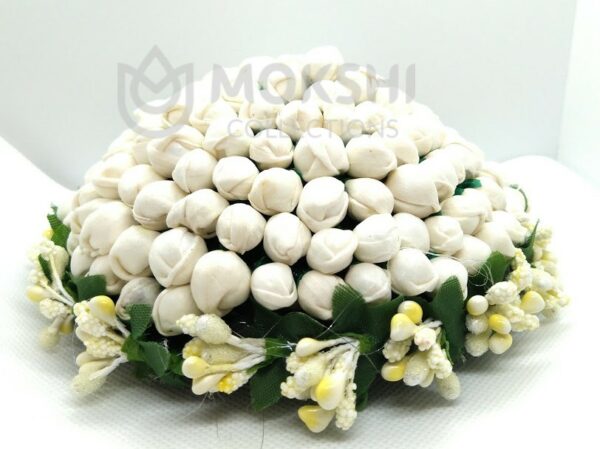
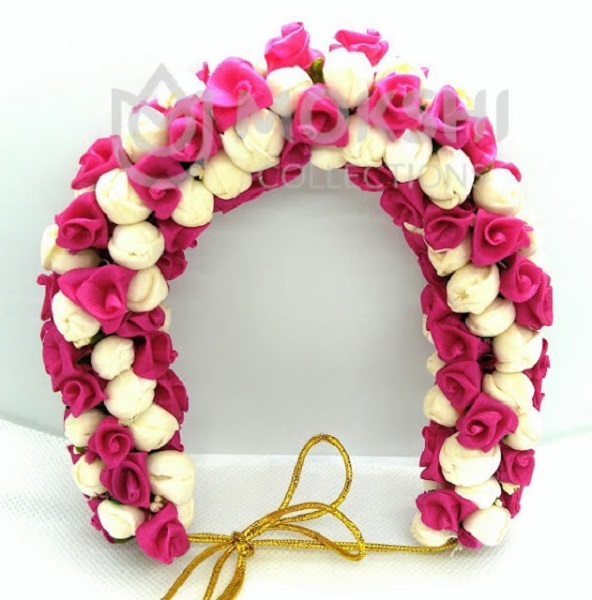
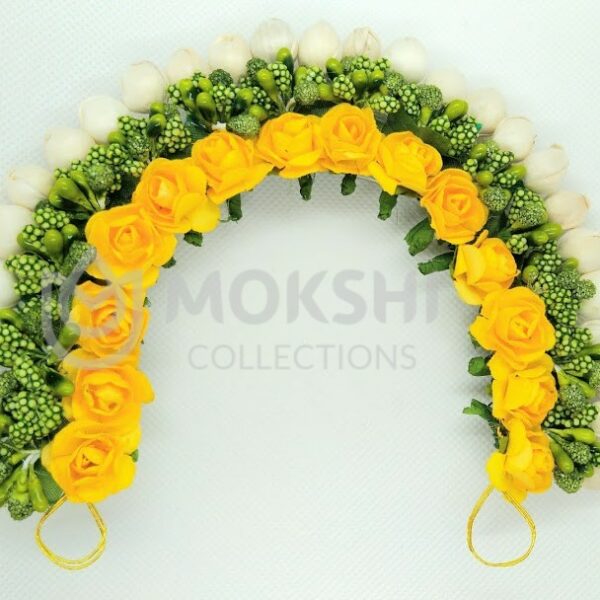
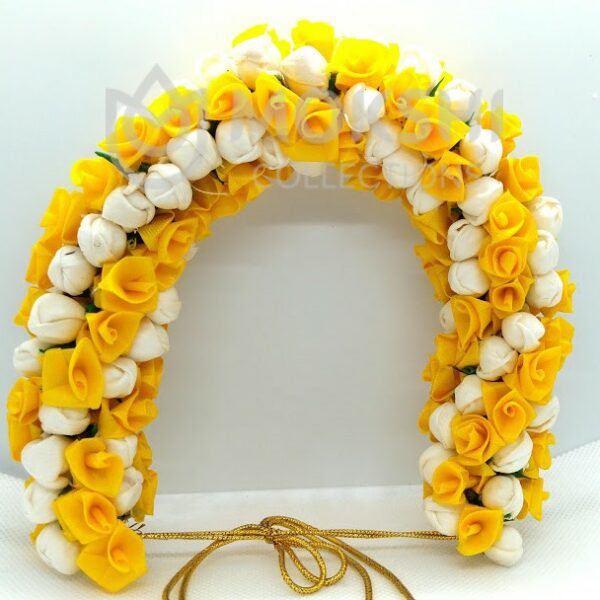
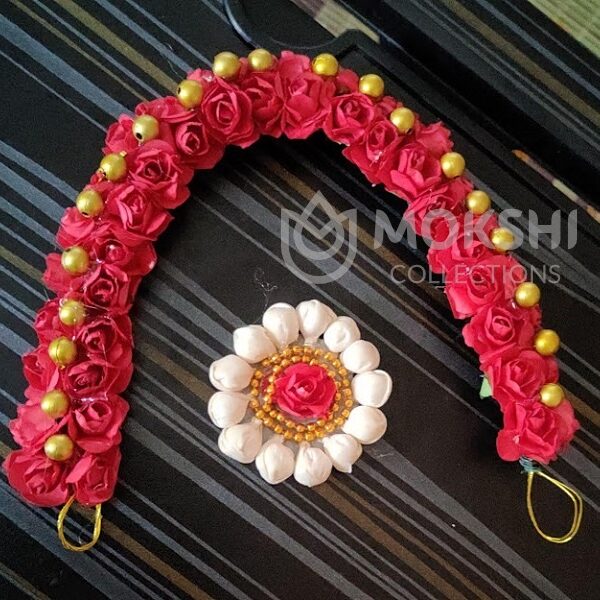
Reviews
There are no reviews yet.